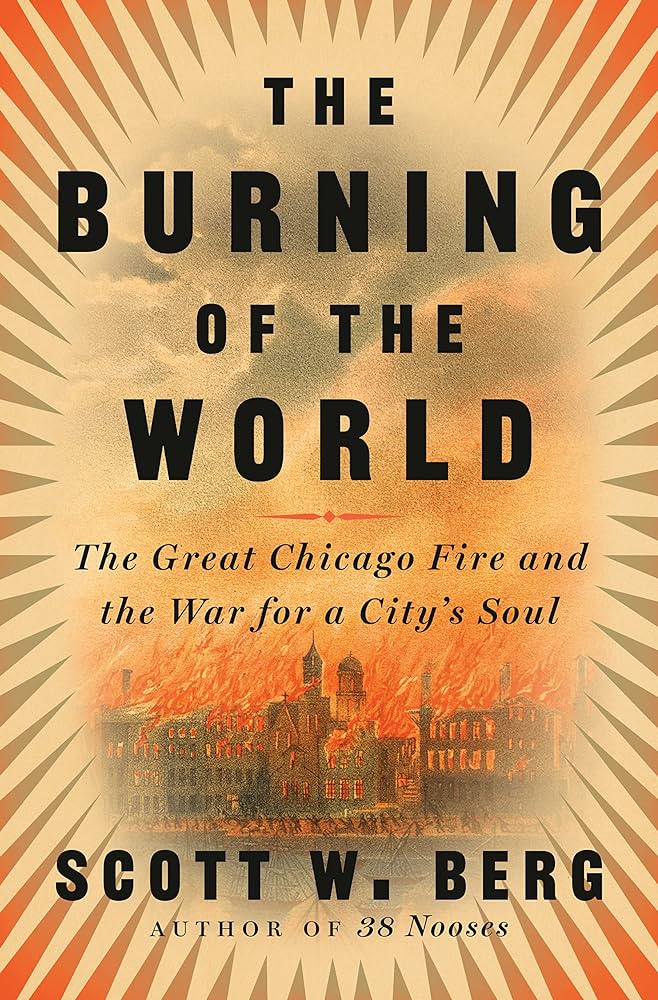At last, as the fire moved into the North Side, where houses were farther apart, it began to run out of fuel. Then, in the early hours of October 10th, rain started to fall. By the time the fire was spent, it had destroyed three and a half square miles of the city, wrecked seventeen thousand five hundred buildings, and left some hundred thousand people homeless. The county coroner eventually tallied the number of dead at three hundred, a figure that is still cited but is, as Berg argues, surely far too low: “Counting bodies was an exercise in gross overconfidence in the wake of a fire that had melted steel, marble, and glass” and was certainly hot enough to have disintegrated human bones. What’s more, Chicago’s population, especially the poor, included many residents who were nonliterate or spoke no English, moved often, or had no fixed address. The estimates have ranged widely, just as the count did for months in the wake of 9/11. By locking down the figure of three hundred, the county coroner and his staff perpetuated a lie. But, Berg writes, it was a lie that many Chicagoans were eager to believe because, in light of all that destruction, it was surprisingly small. It seemed to say that Chicago was not cursed but lucky.
In the century and a half since the fire, though, the lie about it that has proved most impervious—fireproof, you might say—is the one blaming Mrs. O’Leary and her cow. Songs have been written about it—“A Hot Time in the Old Town Tonight” accuses “Old Lady Leary” of leaving a lantern in the shed. Norman Rockwell painted “Catherine O’Leary” milking a cow he named Daisy. Popular lore keeps the story alive even today. It doesn’t seem to matter that historians contradict this version of events, or that the Chicago City Council officially exonerated Catherine Leary back in 1997. Nowadays, the reasons for its persistence might be more or less harmless—the fire did, after all, start in the barn; cows are pleasing to draw or paint or even think about; the tale has a memorable, nursery-rhyme-like logic. But, as Berg and other historians have shown, the scapegoating of Leary was harmful. The accusations against her drew on and helped propagate noxious stereotypes of Irish immigrants. They served up class snobbery with a side of misogyny.
